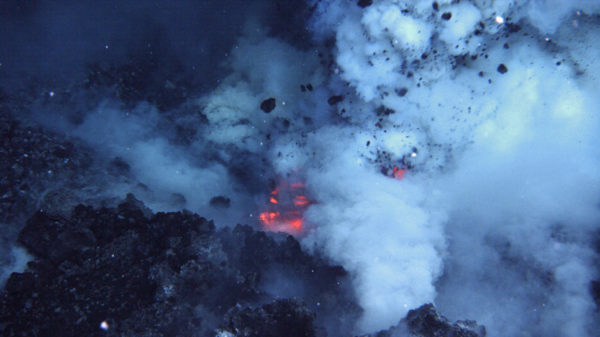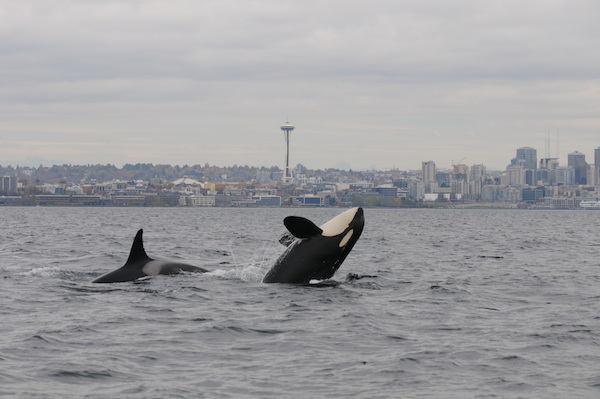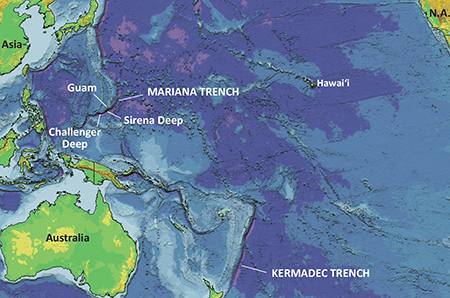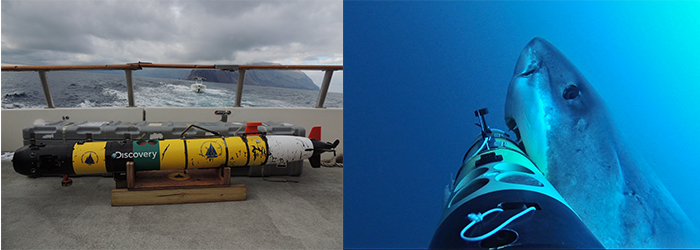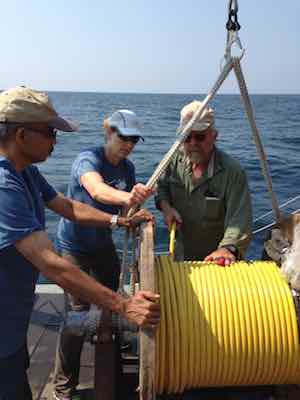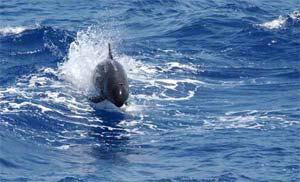Decoding the hum of submarine volcanic eruptions – January 16, 2020
Earthquakes and other geologic events produce acoustic signals that can be measured and monitored on land and underwater. Seismic energy from submarine earthquakes is converted into acoustic energy at the seafloor-water boundary. A Tertiary wave (or T-wave) is an acoustic signal associated with earthquakes. T-waves propagate efficiently in the ocean compared to seismic waves through [...]
